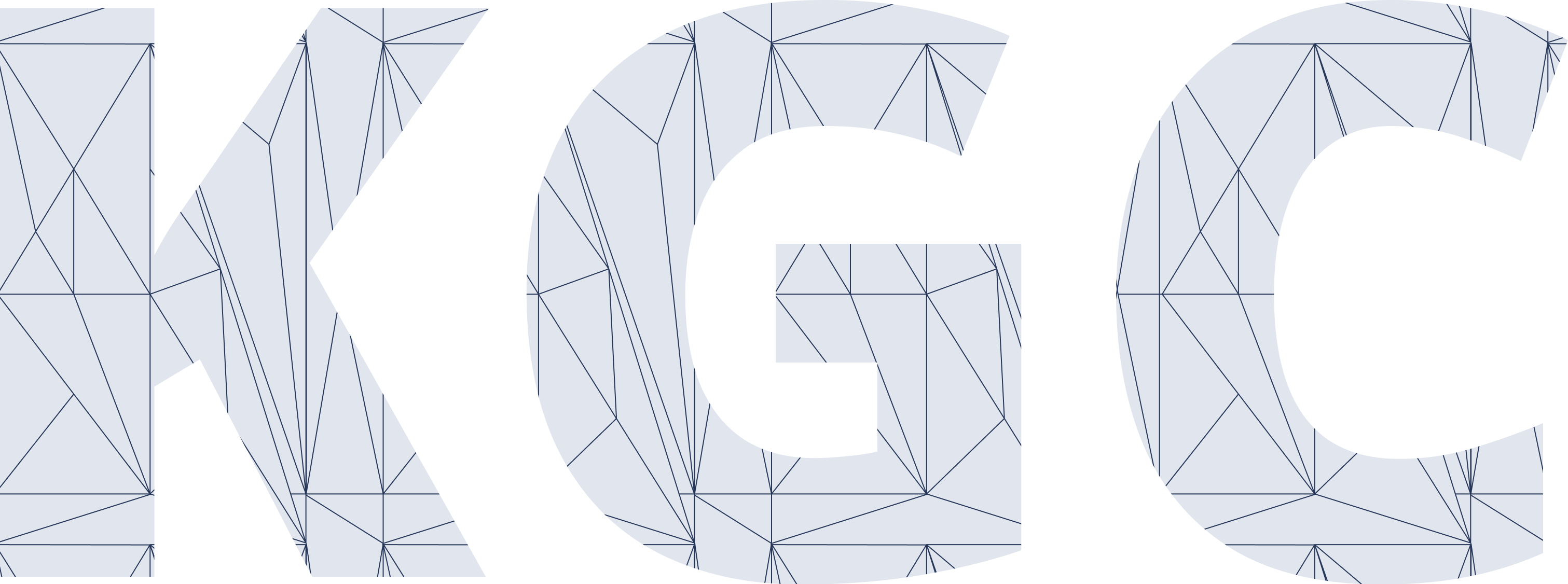Laura Ham

Weaviate
Community Solution Engineer
Biography
Laura is SeMI’s Community Solution Engineer. She works on everything UX & DX related to Weaviate. For example, she is responsible for the GraphQL API design, and researches new machine learning features for Weaviate. She is in close contact with Weaviate’s open source community. Additionally, she likes to solve custom use cases with Weaviate, and introduces Weaviate to other people by means of Meetups, talks and presentations. In her free time she’s active in sports, traveling, photography and likes to teach programming to kids.
Talks and Events
2022 Tutorial: ML model with the vector database Weaviate
In machine learning, e.g. recommendation tools or data classification, data is often represented as high-dimensional vectors. These vectors are stored in so-called vector databases. With vector databases you can efficiently run searching, ranking and recommendation algorithms. In addition, you can link vectors to create a knowledge graph (e.g. https://github.com/semi-technologies/biggraph-wikidata-search-with-weaviate).
This session is all about vector databases. If you are a data scientist or data/software engineer this session would be interesting for you. You will learn how you can easily run your favourite ML models with the vector database Weaviate. You’ll get an overview of what a vector database like Weaviate can offer: such as making data relations, semantic search, question answering, data classification, named entity recognition, multimodal search, and much more. After this session, you are able to load in your own data and query it with your preferred ML model!
Session outline
1: What is a vector database?
You’ll learn the basic principles of vector databases. How data is stored, retrieved, and how that differs from other database types (SQL, knowledge graphs, etc).
2: Performing your first semantic search with the vector database Weaviate.
In this phase, you will learn how to set up a Weaviate vector database, how to make a data schema, how to make relations within data, how to load in data, and how to query data. You can follow along with examples or you can use your own dataset.
3: Advanced search with the vector database Weaviate.
Finally, we will cover other functionalities of Weaviate: multi-modal search, data classification, connecting custom ML models, etc.
2021 Talk: Introduction to Weaviate Vector Search Engine
This talk is an introduction to the vector search engine Weaviate. You will learn how storing data using vectors enables semantic search and automatic data classification. Topics like the underlying vector storage mechanism and how the pre-trained language vectorization model enables this are touched. In addition, this presentation consists of live demos to show the power of Weaviate and how you can get started with your own datasets. No prior technical knowledge is required; all concepts are illustrated with real use case examples and live demos.
